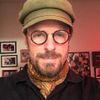018
"I think I find the sharp contrasts between people and the world we’ve created most interesting: why have we made ourselves a world like this?"

WEATHER REPORT
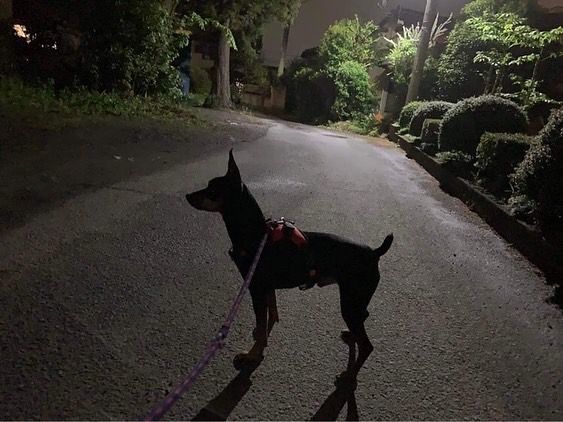
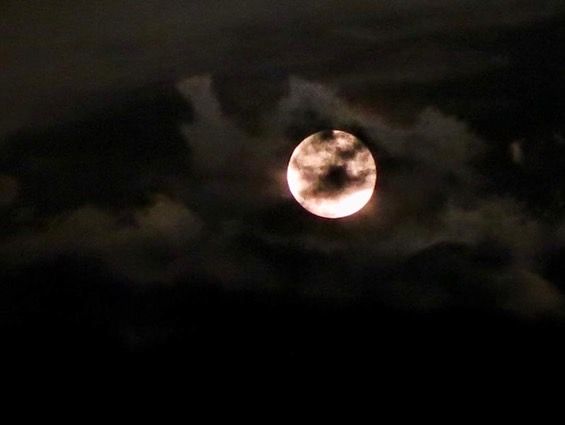
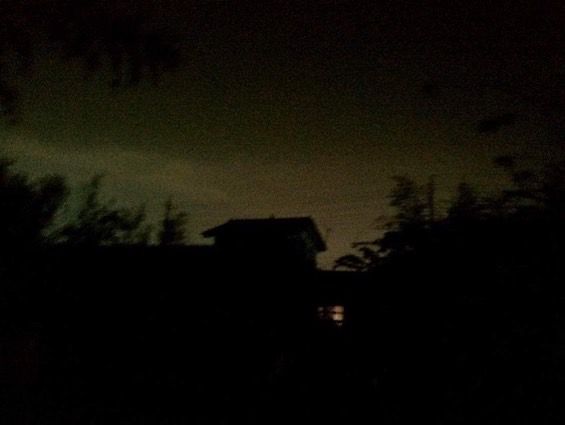
Chichibu, Japan - Ashley Yoshida
I walk the dog at night. That’s when I feel the weather.
Everything is off somehow.
As a mother it worries me, but I am powerless to stop it.
ARTIST FEATURE


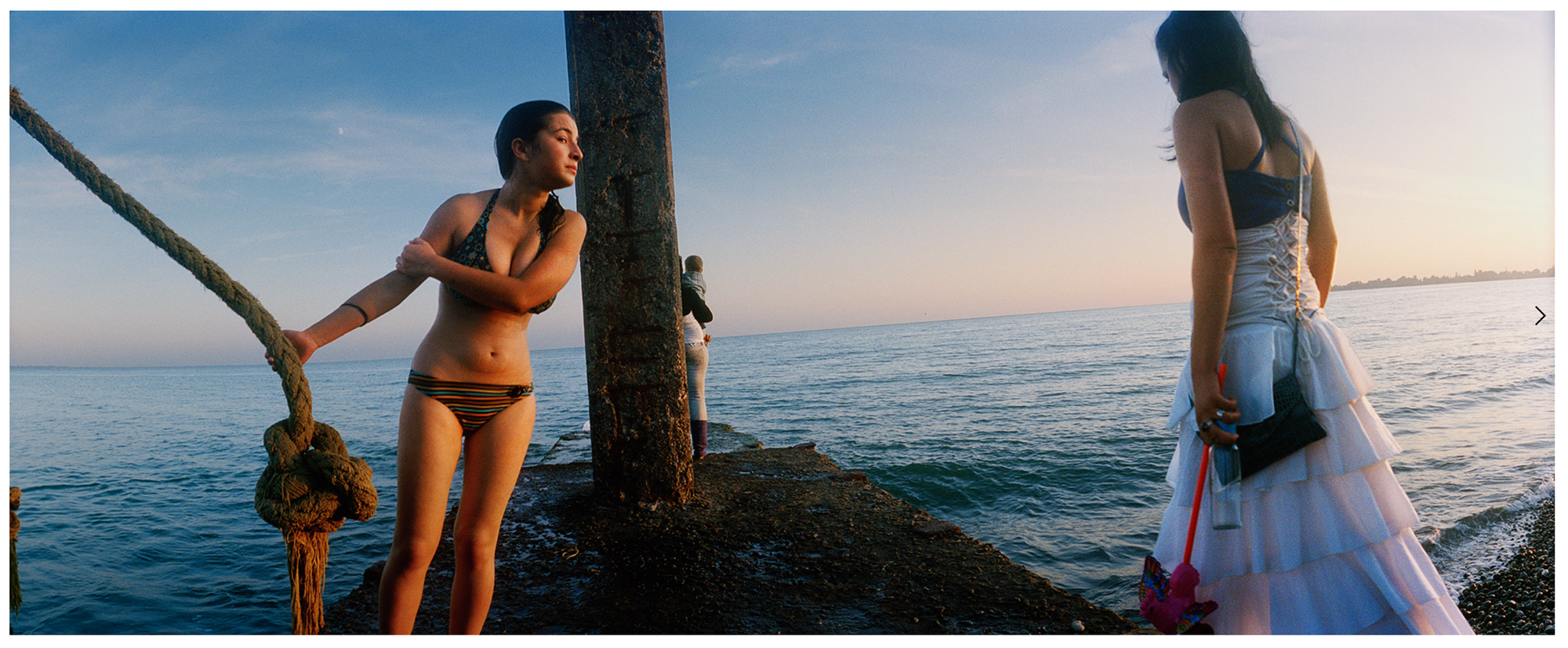
Conversation with Jens Olof Lasthein
I met Jens Olof Lasthein in 2009, when we were summer instructors at an independent photo school in Minsk. Jens is a freelancer from Stockholm and one of Sweden's premier long-form photographers, with magical and deeply human work that brings a sensitive, gently probing approach to discovering people and places. His signature fish-eye panoramas evoke the particular poetry of a terrain through the play of light, human interaction, visual juxtaposition, and a feeling for the landscape.
It's always a pleasure catching up with Jens. Though it was a real challenge choosing just a few photos to go with this interview, I recommend you go to his website and see for yourself how he finds incredible, even startling, moments over and over again. He really is one of the most unique voices in photography today.
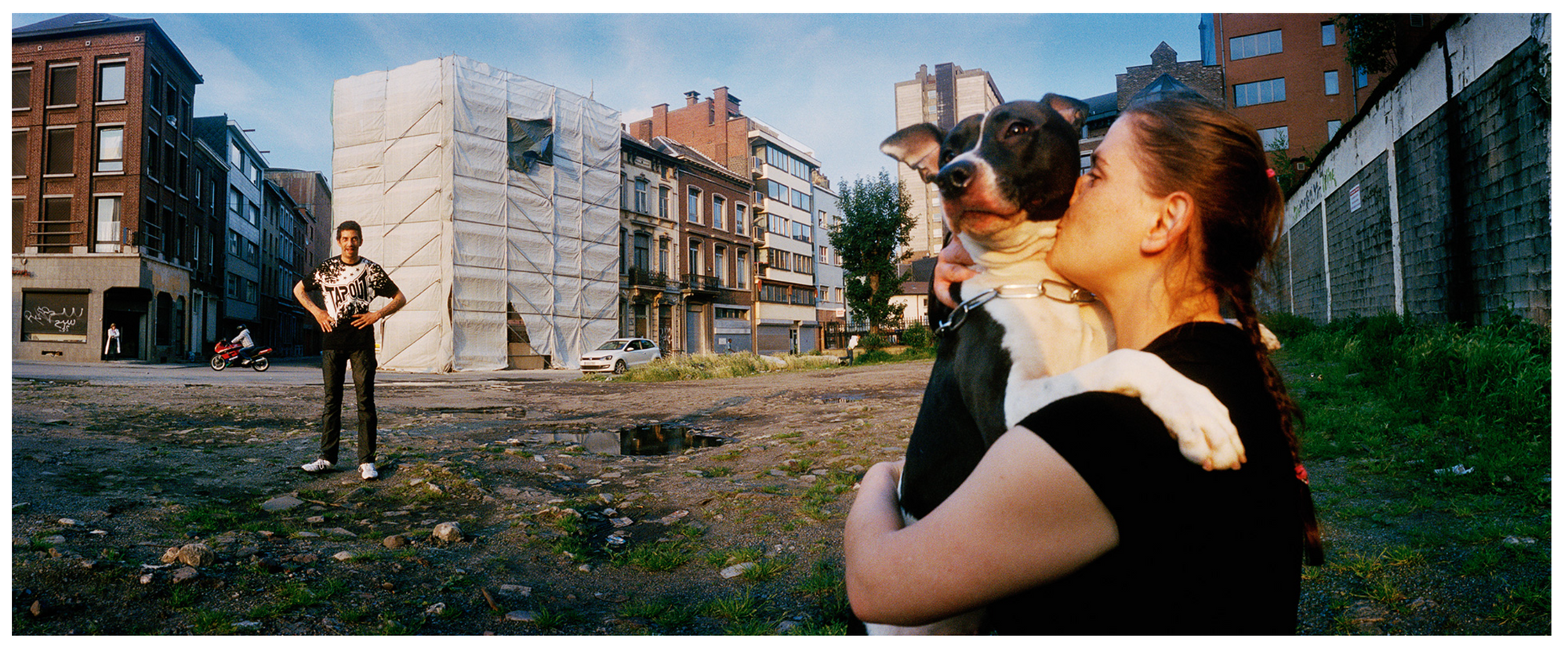
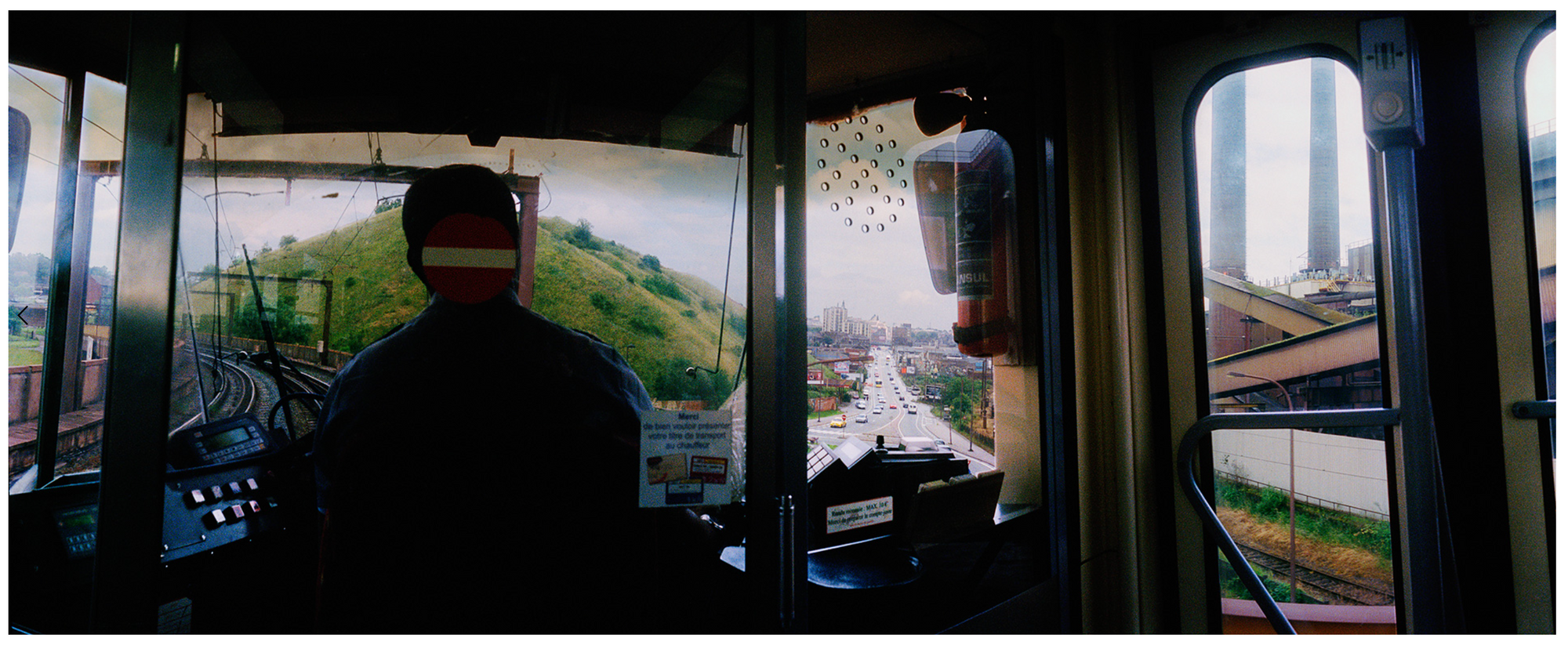
VA: Why did you choose to photograph in Charleroi (Belgium, for the Home Among Black Hills book) initially, and what was your attitude towards the place and people? Many photographers would go there and point out problems and rough edges, yet your view seems quite affectionate. Can you talk about that, and how you choose where to photograph in general?
JOL: I didn’t really choose it myself, but was very happy to end up there photographing. I exhibited at the photographic museum there a couple of years earlier and the director, Xavier Canonne, told me about a project he was running inviting foreign photographers to come and give their view on the city, one each year. I was instantly excited about the city and hoped he would think of me in the future, which he luckily did a few years later. It’s hard to say what made my blood rush there in the first place, it was just an immediate feeling.
A clue could be that during the years photographing in eastern Europe I had found that I got a certain kind of elevated energy from working there. There are of course many factors involved in such a feeling, but I was aware of the liberty it gave me to work in a place where life and society were not so streamlined as I was used to at home – meaning the EU version of western modern society formed by a battery of rules and regulations dictating every little detail. I thought I wouldn’t be struck by the same energy anywhere in western Europe.
Charleroi proved to be a bubble of beautiful anarchy right at the heart of the EU, just a stone’s throw from Brussels.
It was probably one of the most ethnically mixed places I’ve been to, as a result of decades of immigration to the heavy steel and coal industries. Those are now mostly gone, but the traces left behind are so clearly visible and palpable – both physically in the landscape and in the hearts of the inhabitants.
The title Home Among Black Hills derives from the hilly landscape, really being heaps of coal slag now overgrown with grass, green on top and black just under the surface. I found the whole atmosphere magic. And the people open and direct.
One beautiful thing I learned was the fact that it is perfectly possible to host several identities within, both those of your parents’ homelands and that of the place where you grew up. Like my friend Samir, whose father was Moroccan and his mother Sicilian, and he himself a true Carolo. Not really Belgian, that was not an issue for him, but deeply loyal to his hometown Charleroi.
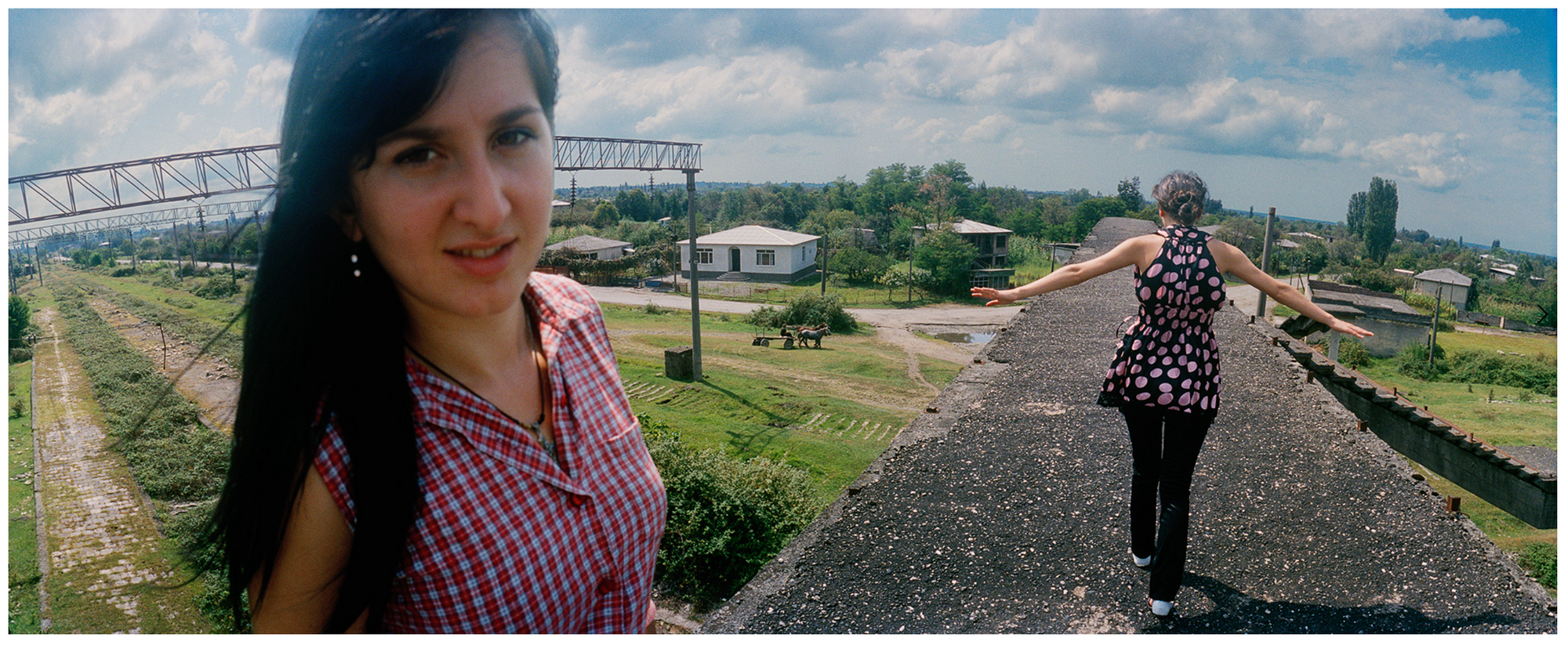
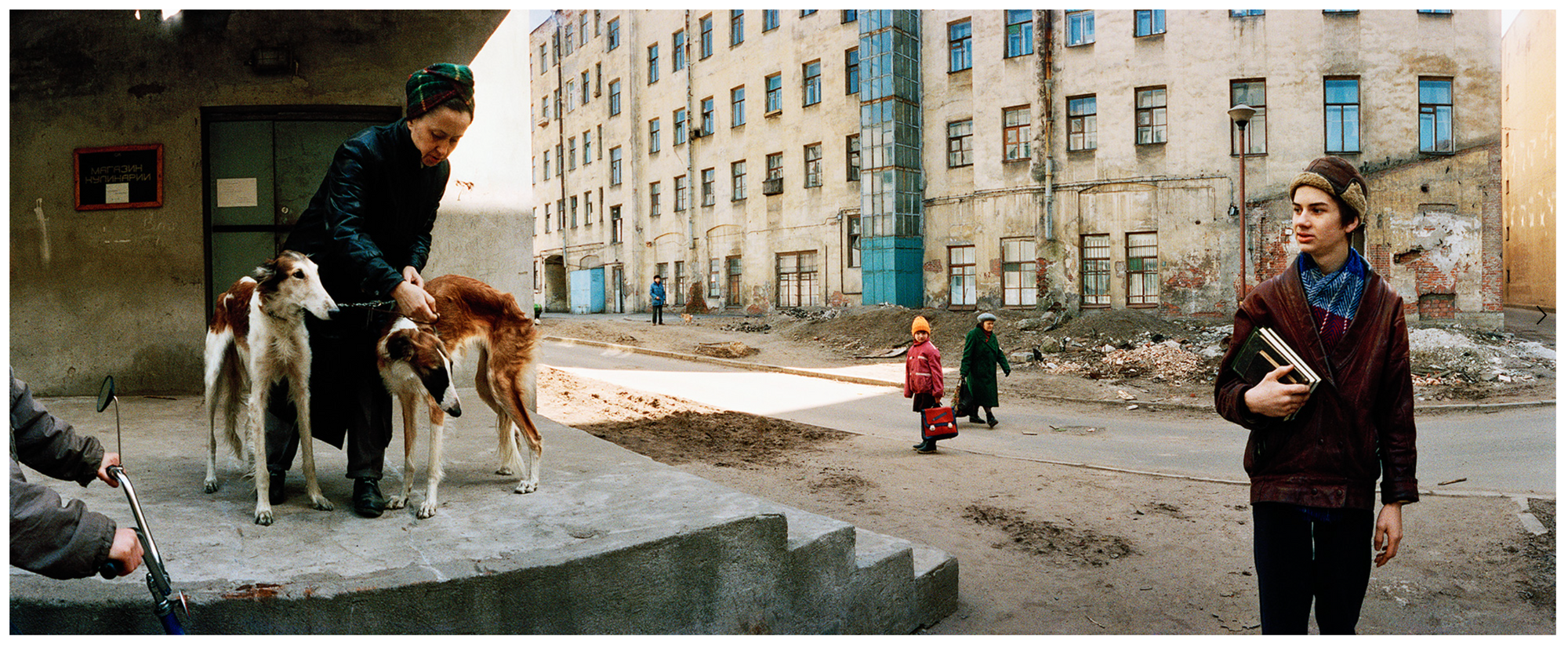
VA: Help us imagine your process. The average viewer might look at your photos and wonder how you manage to work at such an intimate distance to people, yet they seem very comfortable with you doing so. What’s your secret to putting people at ease?
JOL: There are no magic tricks really. I work very much like a street photographer, I walk around from early morning until late at night and I simply trust my intuition when choosing what to photograph. I have learned not to ask myself why I get interested in photographing this or that person, I simply do it if there is something that strikes a nerve. That means I must react instantly to that feeling and not get distracted by questioning the legitimacy of it.
The challenge then is to make the victim of my adoration interested in spending some time with me. Because time is the next key. We must spend some time together for moments to arise, interesting enough to make a visual translation possible. I usually try to stay with them for as long as the magic lasts, sometimes the play lasts for 10 minutes, sometimes for several hours, or even days.
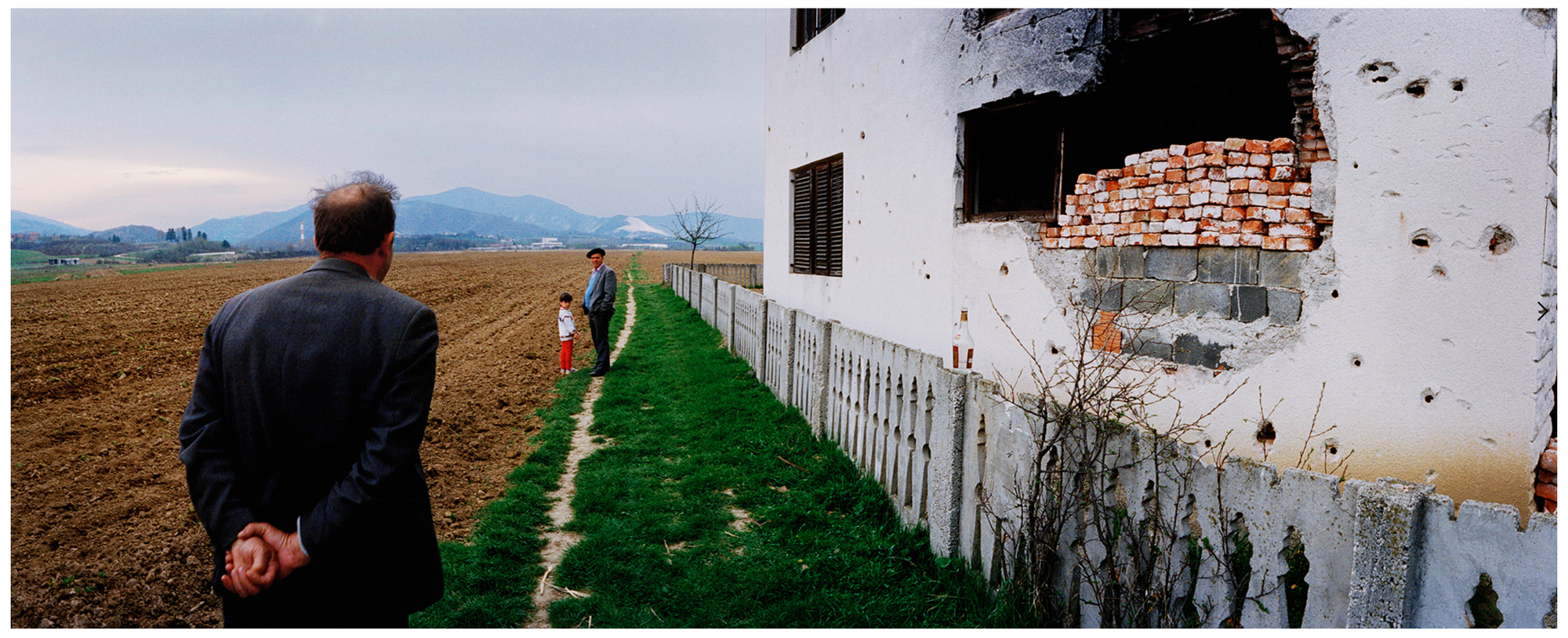
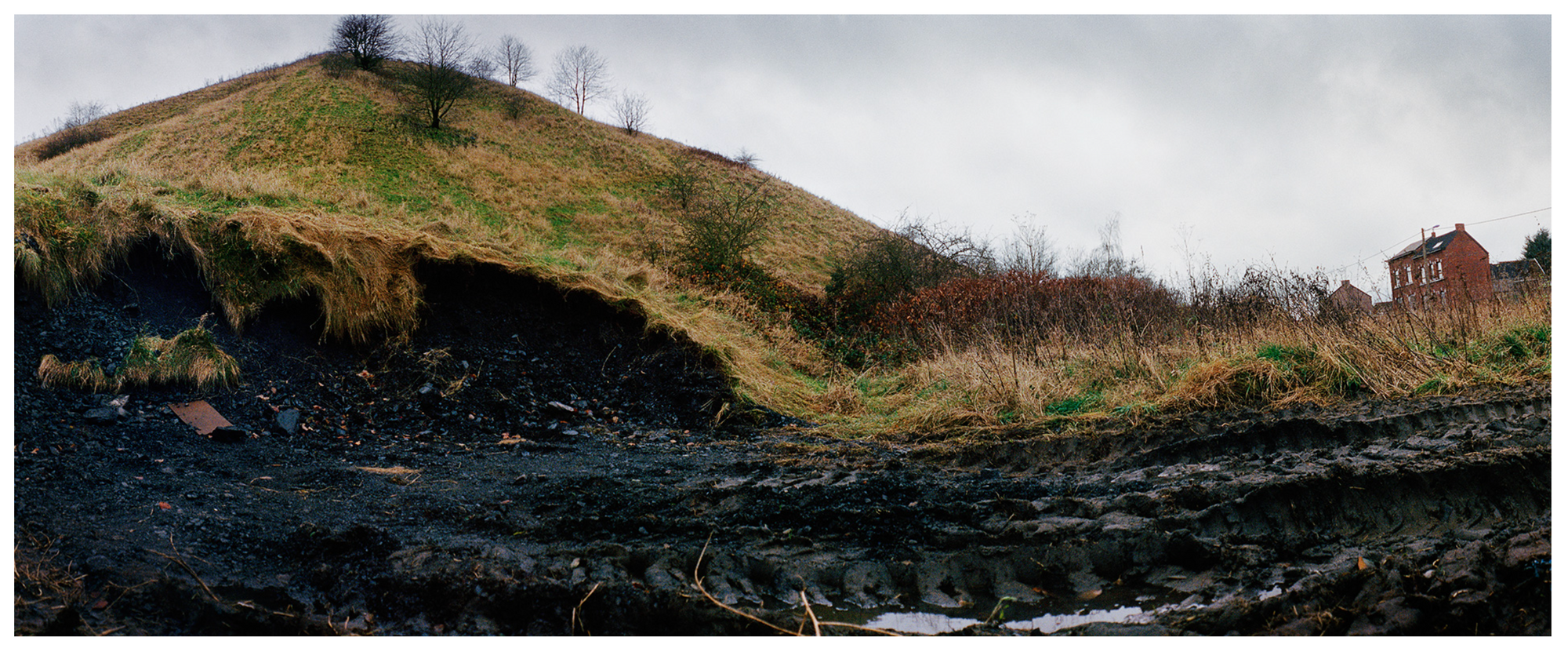
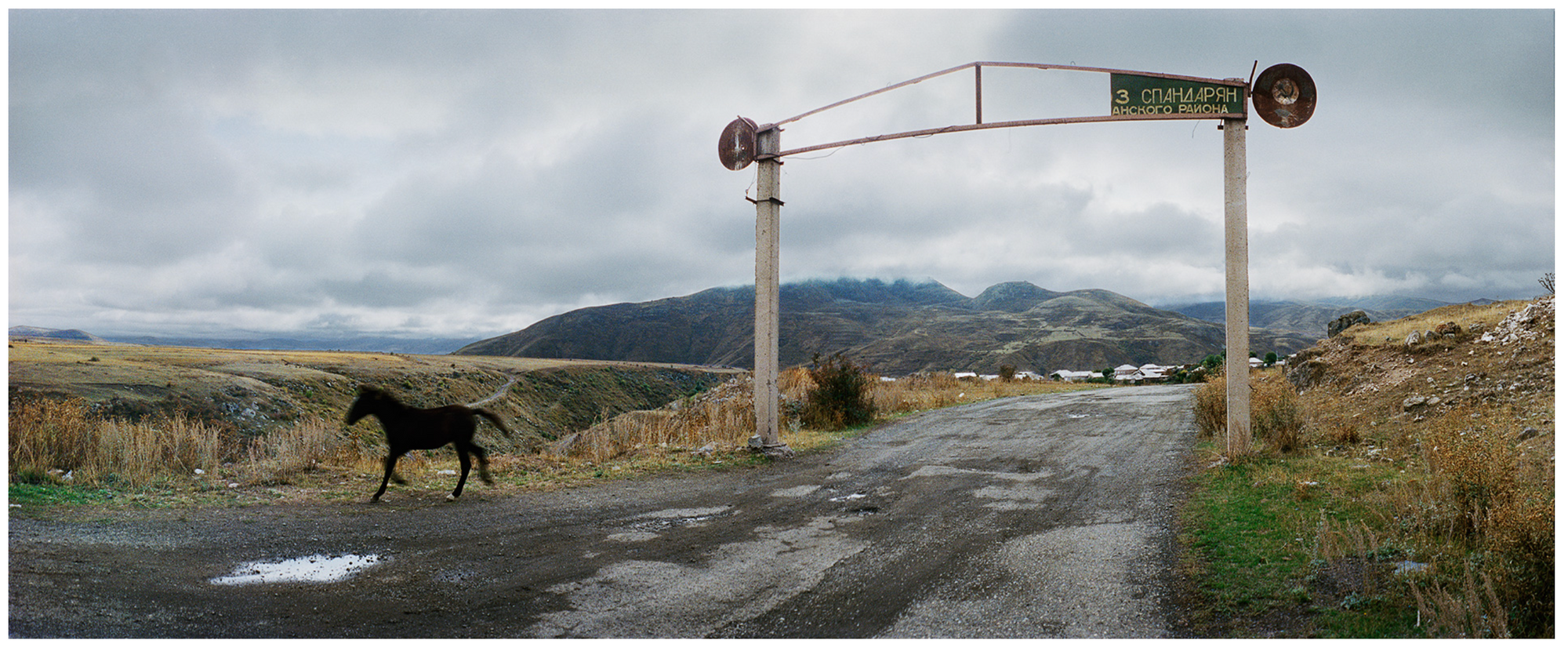
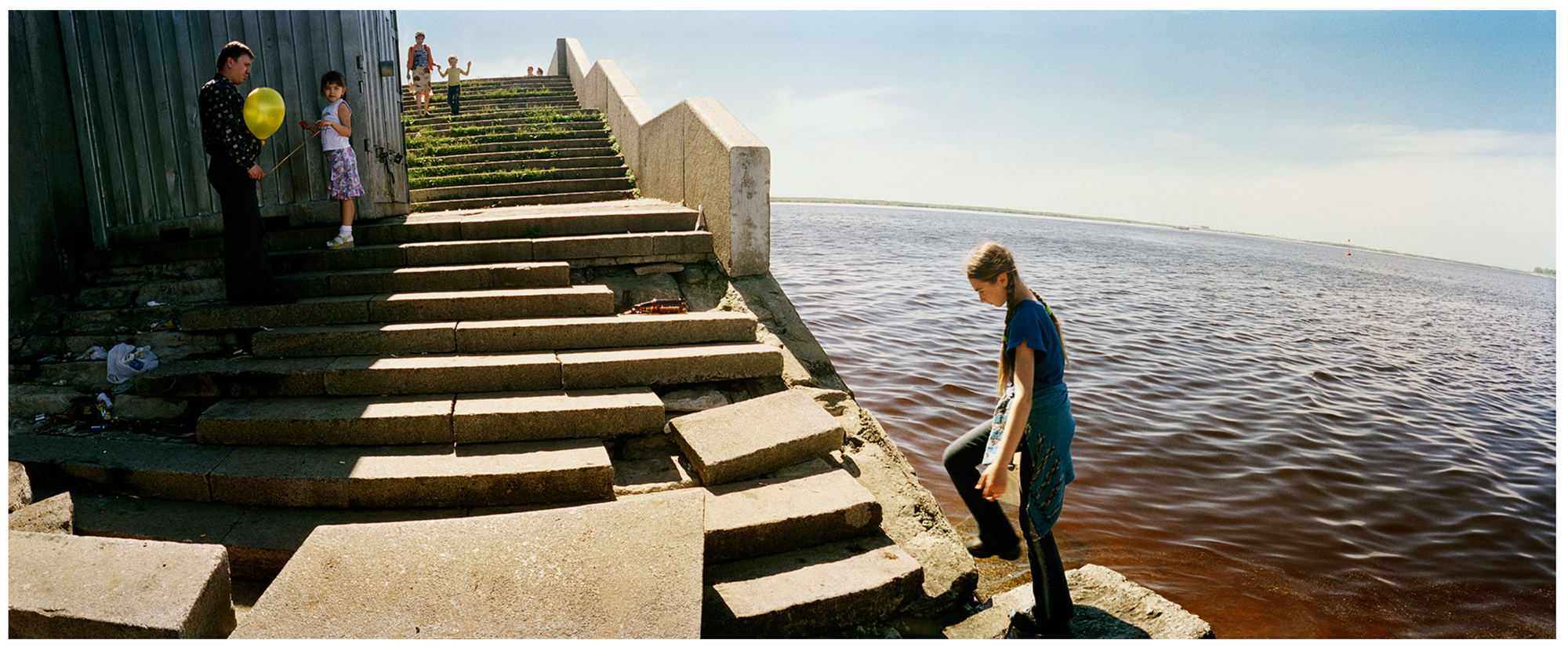
VA: I know there's not an explicit climate theme in your work, but there is such a strong element of intersection between the manmade and the natural worlds. Is it something you are conscious of when shooting?
JOL: Very much so. I think that is an important element of my choosing to work with a panoramic camera – it gives me a possibility of telling both about some persons and situations as well as the whole landscape or cityscape in which it all takes place. My concern is to make a connection between the human(s) and their environment, be it manmade or natural.
If I should start to analyze it (although I’m reluctant to do so), I think I find the sharp contrasts between people and the world we’ve created most interesting: why have we made ourselves a world like this? If this dissonance can somehow show in the pictures, it can perhaps initiate some interesting thoughts with the viewer.
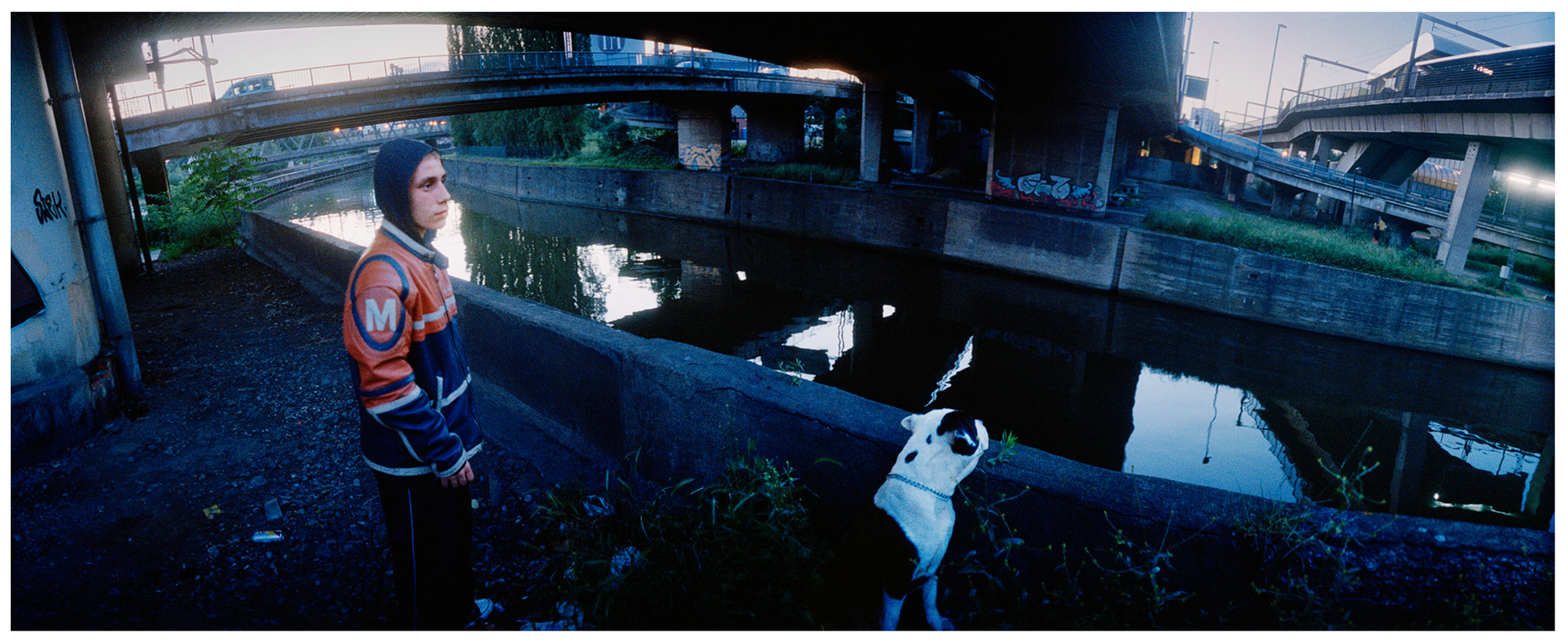
VA: How do you feel about the term 'climate art' or 'climate artist'? Does it feel energizing or limiting, or something else? How do we get past the idea that it has to be didactic or preachy?
JOL: I myself am a bit skeptical of mixing my artistic ideas with activism. My personal reason for that is my growing up during the former politically woke period of the 1970s. It took me quite some years to dig myself out of that, and I see that I’m still suffering from preachy voices intruding every now and then.
I guess it’s all a matter of being aware that the ’message’ should always come secondhand, never take over the main stage. But it’s tricky. I - as many others I guess - have a very sensitive warning system and I turn away as soon as I understand that I’m being taught something. Ironically I do have that problem myself when presenting my own work, like right now when I write the texts for my upcoming book. I rewrite and rewrite and still these irritating politically correct sentences keep sneaking through my armor.
That means I will not be an artist and activist simultaneously, but perform both things separately. But if it can be done intelligently, I will not condemn anybody for doing it. It definitely is one of the most urgent problems we have to deal with. Like your Weather Reports for instance. I think that’s an example of talking about the issue without being preachy or didactic.
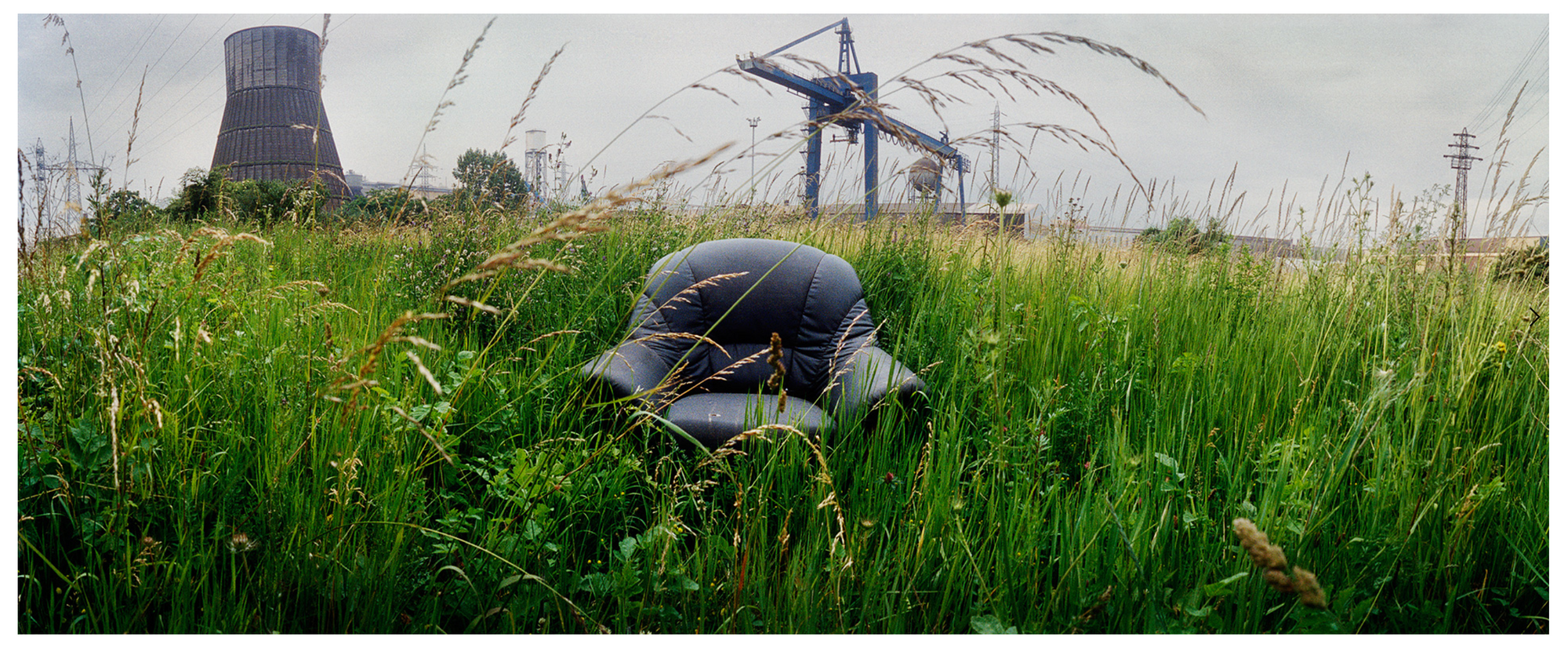
VA: What is the next book you're working on at the moment?
JOL: It is called Far Near and it is kind of a visual journey to the far corners and the very center of Europe. Europe is my continent and I have found that here I can experience a mixture of feeling at home and a stranger at the same time. It creates a lot of this energy that I’m talking about above. In my previous books an underlying theme has been one about borders, borderlands, boundaries – internal as well as external. All focused to areas within Europe. In this work I got the idea to travel as far as I could within the borders of Europe and see what I would find.
So I travelled to Iceland to the Northwest, northern Ural mountains to the Northeast, Caucasus to the Southeast and Portugal to the Southwest. On the way I found out that drawing diagonal lines on the map between these corners, the center of Europe must logically be found at their intersection. And that turned out to be Belarus. A country both you and I have been to many times.
But to be honest, the term 'center' is not what has come to mind when I have travelled there. On the contrary I have often been reminded of the backwater where I grew up myself. So both when going to the farthest corners of the continent and to the center I found myself in the outskirts. And probably there is no one else to blame but my inner outpost.
The book will be printed soon and released in September.
FUTURE MUSIC
Thom Yorke selects IDLES, Miles Davis and more for new Sonos mix
NME | April 29, 2022
Listening to music has changed for me recently, I find myself asking what is music or any art in such a time of death, violence and horror?
Bridget St. John – Ask Me No Questions
IC3PEAK – Пламя
Ennio Morricone – The Trio – Main Title
IDLES – Progress
Paul DeMarinis – The Lecture of Comrade Stalin at the Extraordinary 8th Plenary Congress
Bibio – Pantglas
Mr. Mitch – Sleep
Sun Ra – I Am An Instrument
Jim James – State Of The Art (A.E.I.O.U.)
English Garden – 7-10 Split
Bendik Giske – Cruising
Divide And Dissolve – Did You Have Something To Do With It
Divide And Dissolve – Oblique
Walter Smetak – Iêéaóôu
Tony Allen, Dave Okmu & Joan As Police Woman – The Barbarian
Don Cherry’s New Researches – Interlude / North Brazilian Ceremonial Hymn
Miles Davis – Saeta
ROUND UP
Ukraine has taught us all a lesson in moral courage
Rebecca Solnit | The Guardian | April 25, 2022
This week, a new climate project offered ideas and guidance to screenwriters to rectify the stunning absence of climate in most film and television now, noting 'A climate story simply speaks to what it feels like to be alive right now. Yet, watching the vast majority of scripted TV shows and films today, you’d have no idea that Earth is in crisis – and us with it. And so the world depicted in the stories we watch and love is no longer an honest portrayal of the world we live in.' Surveys show that most people do care about climate, but the mainstream gives us versions of human nature in which ordinary people have little or no political power and the people around us are indifferent or oblivious, feeding inaction and despair.
No Mow May 2022: Why you should lock up your lawnmower this month
CountryFile | April 29, 2022
Traditionally, May is the time when the soils are warm enough for grasses to really start shooting up. Most gardeners are keen to get the mower out and transform that scraggly patch of grass into a thriving lawn. But hold off from cutting it a little while longer, and you can give pollinators – and the birds and animals who eat them – a much-needed boost.
David Hockney Rediscovers Painting
The New Yorker | February 17, 2022
Q: With all the things that are happening in painting these days, there are very few people who want to make things that are beautiful. It’s not the goal of a lot of artists now because, ack, beauty was so a century or two ago. But you’re making beautiful things.
A: I think the world is beautiful to look at, but most people don’t see it. The world is beautiful, and it’s also mad. People are mad. And I don’t think that’s going to change that much. I can’t see it changing.
